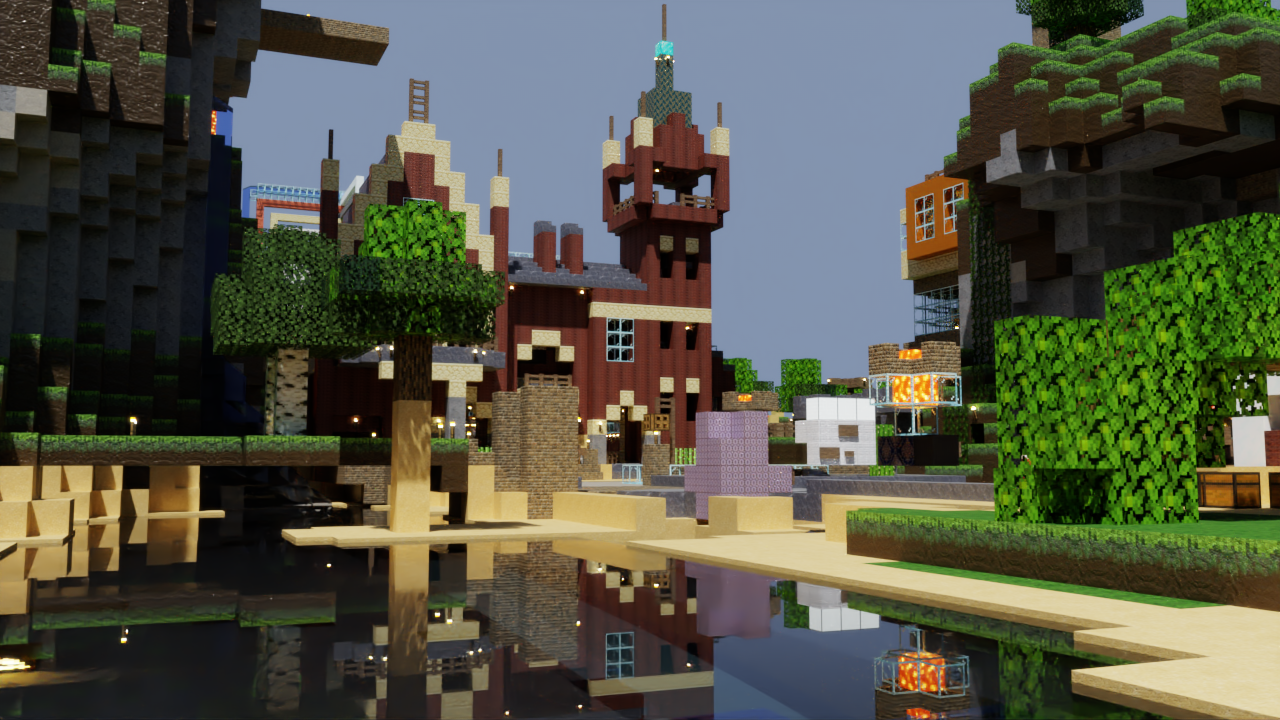No one’s more ready for virtual worlds than game developers.
For many outside the gaming community, digital experiences filled with engaging environments, new adventures and vivid characters represent the future.
For game developers, that was last week.
That makes this week’s Game Developers Conference not just an opportunity to learn about the latest tools, but where the world’s interactive storytellers will be taking us next.
Ahead of the Game: AI, Ray Tracing, the Cloud and Omniverse
At GDC this week, NVIDIA will talk about four building blocks developers can employ to advance their work as ideas, and stay ahead as ideas pioneered in gaming continue to spill out into industries around the world.
Building Block 1: AI
With technologies such as NVIDIA Deep Learning Super Sampling, developers pioneered the use of AI for improved image quality. NVIDIA Omniverse continues this momentum with the Omniverse Audio2Face application.
This AI-powered app helps game developers instantly generate high-quality facial animation from an audio file. Audio2Face now supports full facial animation. And, for the first time, artists have the ability to control the emotion of a performance, too.
Developers already using DLSS will be able to take advantage of a new software development kit that makes integrating the latest NVIDIA technologies faster and simpler.
Building Block 2: Real-Time Ray Tracing
NVIDIA is also making it easier than ever to put real-time ray tracing to work in digital experiences of all kinds.
Over the past decade-and-a-half, ray tracing has revolutionized movies and television. In 2018, NVIDIA brought this technology to real-time graphics with NVIDIA RTX.
Kickstart RT now enables developers to quickly and easily include realistic dynamic lighting of complex scenes in their game engines in a much shorter timespan than traditional methods.
Kickstart RT is a cross-API, cross-platform solution that brings ray-traced reflections, shadows, ambient occlusion and global illumination to game engines.
Building Block 3: The Cloud
To help studios and publishers speed game development, NVIDIA will be putting its GeForce NOW infrastructure to work to support virtual game development, starting with playtesting.
With GFN Cloud Playtest, developers can upload a build to the cloud, a coordinator can schedule a playtest with many different players.
During the playtest session, a player uses the GFN app to play the targeted game and stream their output, camera and microphone, while observers from the game development team watch the gameplay and webcam feeds from the cloud.
Building Block 4: Omniverse
In addition, NVIDIA Omniverse — an open platform built for virtual collaboration and real-time, physically accurate simulation — is making virtual development from anywhere in the world simpler than ever before.
Nucleus Cloud, part of Omniverse, enables easy sharing and collaborating in real time for 3D assets between internal and external game developers.
NVIDIA is also working to make it easier to put Universal Scene Description, an easily extensible, open-source 3D file framework developed by Pixar, to work to support game development.
USD is already the foundation for NVIDIA Omniverse. It makes it easier to move assets between different 3D design tools. This helps teams collaborate on complex 3D assets.
At GDC, NVIDIA is announcing it is making the Omniverse Connector for Unreal Engine 5 available so UE5 developers can use all of the power of Omniverse and USD.
NVIDIA also announced the #MadeInMachinima contest. Artists can remix iconic characters from Squad, Mount & Blade II: Bannerlord and Mechwarrior 5 into a cinematic short in Omniverse Machinima to win NVIDIA Studio laptops. Visit the contest landing page for details.
Game On
Soon everyone will be immersed in experiences pioneered by the world’s game developers whether they’re collaborative online work places, esports or ordering a snack from a friendly avatar at the drive-through.
That makes game developers more important than ever.
And new technologies — from AI, to ray tracing, to the cloud, to new standards for sharing assets — promise to help these developers continue scaling the experiences they’re already building, future-proofing today’s creations so they’re ready for when the rest of the world catches up.
Game developer? For more, check out NVIDIA’s activities at GDC.
